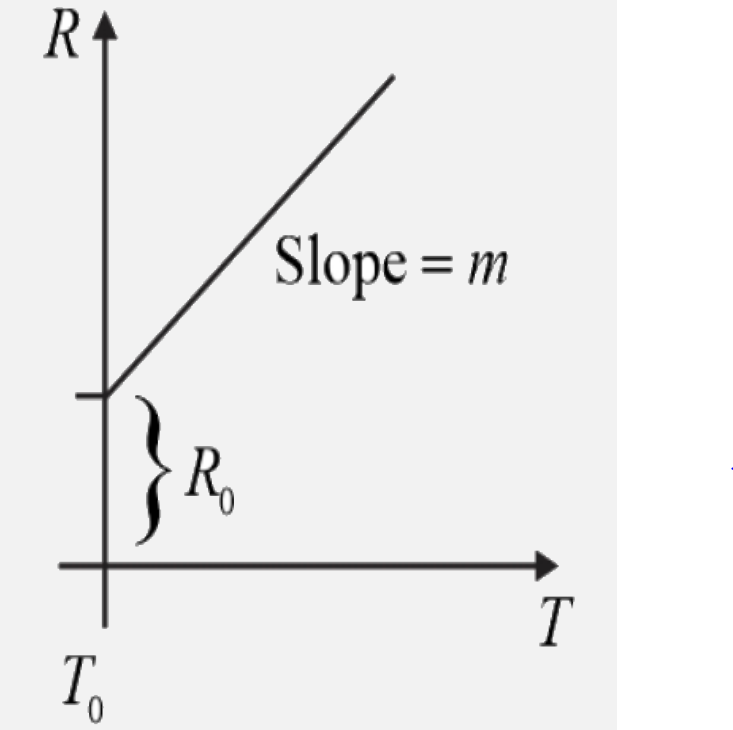Write down a simple relationship to show the varriation of resistance with temperature. Define temperature coefficient of resistance. In what way the temperature coffecient of carbon is different from that of the common conductors ?
Step-by-Step Solution
1. Relationship Between Resistance and Temperature:
The relationship that shows the variation of resistance (R) with temperature (T) can be expressed mathematically as:
RT=R0(1+α(T−T0))
Where:
- RT = Resistance at temperature T
- R0 = Resistance at a reference temperature T0
- α = Temperature coefficient of resistance
- T = Current temperature
- T0 = Reference temperature
2. Defining Temperature Coefficient of Resistance:
The temperature coefficient of resistance (α) is defined as the fractional change in resistance per degree change in temperature. It quantifies how much the resistance of a material changes with temperature. Mathematically, it can be defined as:
α=1R0dRdT
Where dRdT is the change in resistance with respect to the change in temperature.
3. Difference in Temperature Coefficient of Carbon vs. Common Conductors:
The temperature coefficient of resistance for common conductors (like copper and aluminum) is positive, meaning that their resistance increases with an increase in temperature. In contrast, the temperature coefficient of resistance for carbon is negative, indicating that its resistance decreases as the temperature increases. This is a significant difference in behavior between carbon and typical metallic conductors.
The relationship that shows the variation of resistance (R) with temperature (T) can be expressed mathematically as:
RT=R0(1+α(T−T0))
Where:
- RT = Resistance at temperature T
- R0 = Resistance at a reference temperature T0
- α = Temperature coefficient of resistance
- T = Current temperature
- T0 = Reference temperature
The temperature coefficient of resistance (α) is defined as the fractional change in resistance per degree change in temperature. It quantifies how much the resistance of a material changes with temperature. Mathematically, it can be defined as:
α=1R0dRdT
Where dRdT is the change in resistance with respect to the change in temperature.
The temperature coefficient of resistance for common conductors (like copper and aluminum) is positive, meaning that their resistance increases with an increase in temperature. In contrast, the temperature coefficient of resistance for carbon is negative, indicating that its resistance decreases as the temperature increases. This is a significant difference in behavior between carbon and typical metallic conductors.
Similar Questions
Define temperature coefficient of resistance of the material of a conductor.
View SolutionThe solids which have negative temperature coefficient of resistance are:
View SolutionWhich of the following has negative temperature coefficient of resistance?
View SolutionThe temperature coefficient of resistance of an alloy used for making resistor is
View SolutionVariation of resistance of the conductor with temperature is shown . Temperature coefficient of the conductor is

View SolutionShow on a graph, the variation of resistivity with temperature for a typical semiconductor.
View SolutionThe ratio of the resistances of a conductor at a temperature of 15∘C to its resistance at a temperature of 37.5∘C is 4:5. The temperature coefficient of resistance of the conductor is
View SolutionAssertion: the value of temperature coefficient of resistance is positive is for metals.
Reason: The temperature coefficient of resistance for insulator is also positive.
View SolutionShow variation of resistivity of copper as a function of temperature in a graph.
View SolutionThe difference in the variation of resistance with temperature in a metal and a semiconductor arises essentially due to the difference in the
View Solution